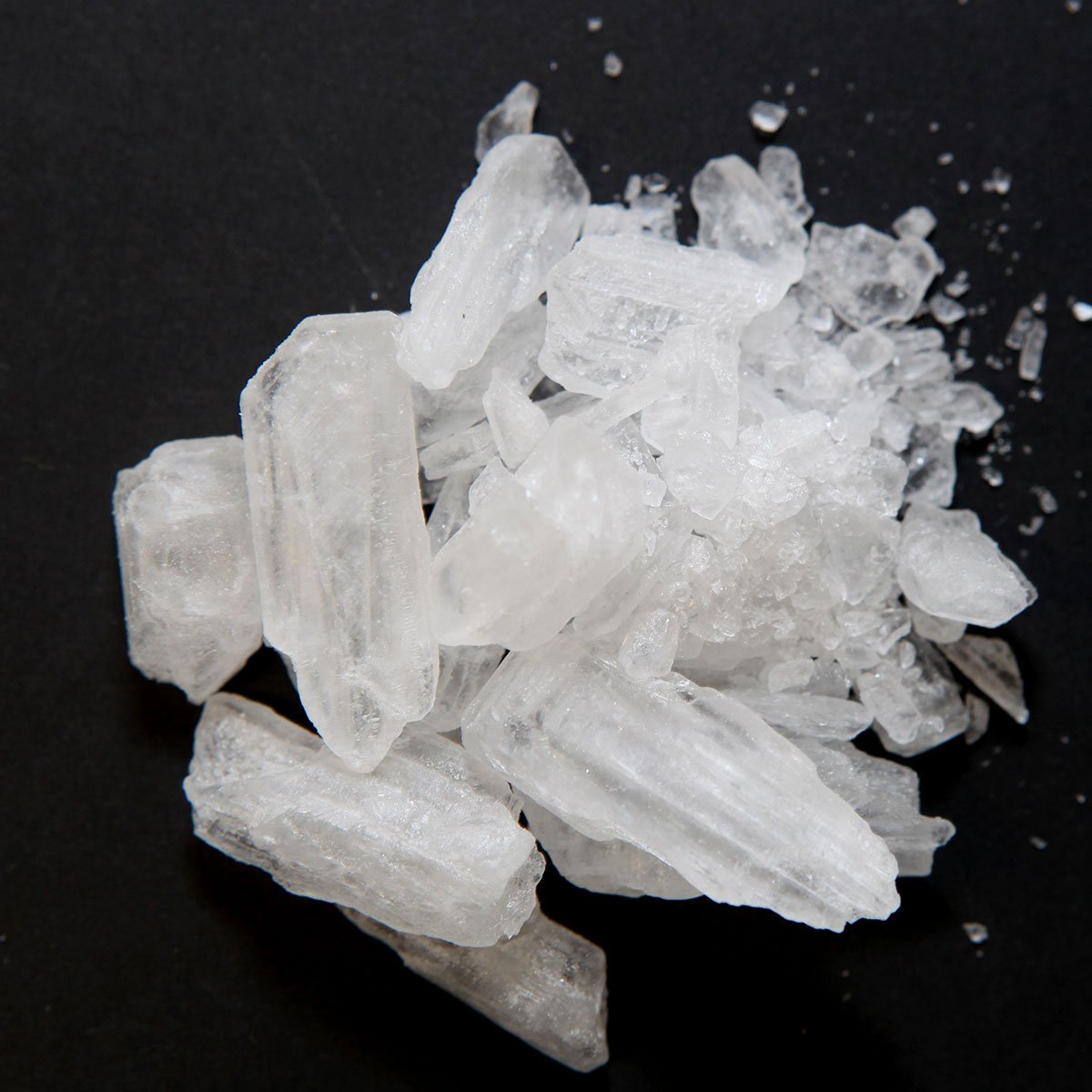
Regular use of amphetamines, especially when the drug is smoked or injected, can quickly cause addiction.Īddiction means that cravings and compulsive use of the drug become very important to a person. This means that the person needs to take more and more of the drug to get the desired effect. Regular non-medical use of amphetamines can lead to tolerance. Methylphenidate is less likely to cause addiction than other amphetamines. However, these drugs can cause addiction if they are misused. When taken as prescribed, amphetamines and related drugs do not cause addiction. Some people may use amphetamines repeatedly over a period of several days to try to stay high. With some types of amphetamines, the stimulant effects can last up to 12 hours. The initial rush after injecting or smoking lasts only a minute. Larger doses may cause fever, sweating, headache, nausea, blurred vision, very fast or irregular heartbeat, tremors, loss of co-ordination and collapse. In children who are hyperactive, however, amphetamines and related drugs, in the correct doses, can have a calming effect.Īmphetamines reduce hunger and increase breathing, heart rate and blood pressure. The effects of amphetamines are often different from person to person. When amphetamines are injected or smoked, they reach the brain quickly and produce a “rush,” or surge of euphoria, immediately. whether you’ve taken any alcohol or other drugs (illegal, prescription, over-the-counter or herbal).

whether you have certain pre-existing medical or psychiatric conditions.how you use them (by injection, orally, etc.).How amphetamines make you feel depends on: In a 2017 survey of Ontario students in grades 7 to 12, about two percent of students reported non-medical use of ADHD stimulant drugs in the past year. People with eating disorders may use these drugs to try to lose weight. Even recently, soldiers have been given amphetamines for endurance in battle. Truck drivers, students and athletes were especially likely to abuse amphetamines. When amphetamines were easy to get, many people used them to stay awake and to have more energy. Methamphetamine resembles shaved glass slivers or clear rock salt.Īmphetamines are injected, smoked, sniffed or taken as pills. They may be whitish with traces of gray or pink and may be a coarse powder, or in crystals or chunks. Illicitly prepared amphetamines vary in purity. Pure amphetamines are white, odourless, bitter-tasting crystalline powders. All other amphetamines are made in illegal laboratories. These drugs are used to treat attention-deficit/hyperactivity disorder (ADHD) in children and adults. Today, only dextroamphetamine, lisdexamfetamine, methylphenidate and mixed salts amphetamine are made for medical use. In the 1970s, new laws restricted the medical use of these drugs. People eventually found, however, that the medical value of amphetamines is offset by their dangerous effects and high abuse potential (the chance a drug will be abused, cause addiction or be otherwise harmful).

Different types of amphetamines were available from the 1930s until the 1970s.

These drugs were also used medically to treat obesity and depression. Other drugs with similar effects include cocaine, ecstasy, caffeine, and many others.Īmphetamines were first introduced in the 1930s as a remedy for nasal congestion, and marketed over-the-counter as an inhaler named Benzedrine. They act like adrenaline, a hormone that is one of the body’s natural stimulants. Stimulants speed up the central nervous system. The different types of amphetamines-and related drugs such as methylphenidate (e.g., Ritalin)-are stimulant drugs. Types of amphetamines: amphetamine, methamphetamine , dextroamphetamine. Speed, bennies, glass, crystal, crank, pep pills, uppers What is it?


 0 kommentar(er)
0 kommentar(er)
